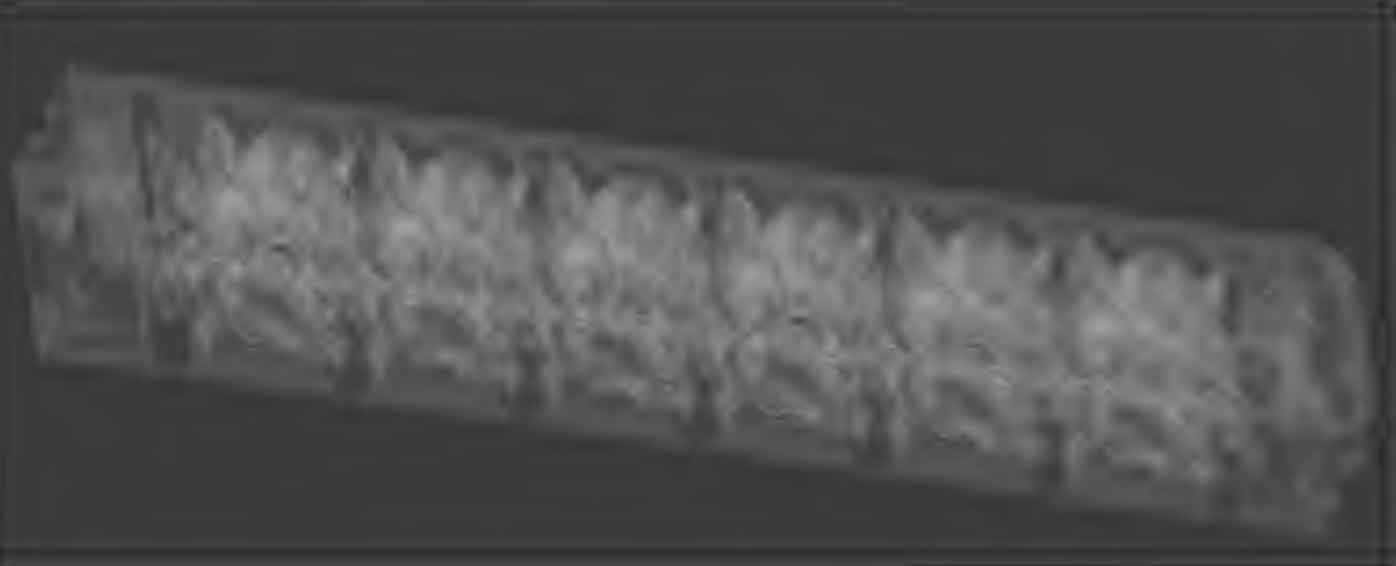According to the structure and working conditions of the cylinder head of the combat vehicle diesel engine, taking into account the production efficiency and yield of the sand casting, the anti-gravity sand casting process is selected to ensure the internal quality and mechanical properties of the cylinder head casting. According to the thermal analysis of the cylinder head blank by PROCAST, it can be seen from Figure 1 that the hot spots of sand casting are concentrated in the thick area of the upper and lower end faces of the cylinder head.

A riser is placed above the hot spot of sand casting for feeding, and cold iron is collocated laterally to improve the cooling speed around the riser and increase the feeding effect of the riser. The inner runner is set in the central area of the air inlet/outlet of the fire surface to adjust the overall solidification sequence of the sand casting at the later stage of solidification, and the gate pressure is used for feeding. Place chills laterally at other isolated hot spots of sand castings to solidify at the same time with the surrounding thin-walled areas.

(b) Solidification sequence of low pressure anti-gravity casting alloy
(c) Internal shrinkage defects in low pressure casting process under shrinkage porosity criterion
The above process is simulated again. The simulation results are shown in Figure 2. The temperature field and solidification sequence of sand casting solidification process are reasonably distributed. The sand casting body does not have any shrinkage defects. The final solidification area and shrinkage defects are located in the pouring and riser areas. The process design is relatively reasonable.
